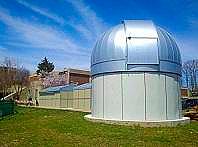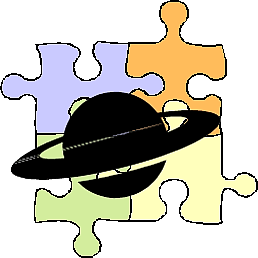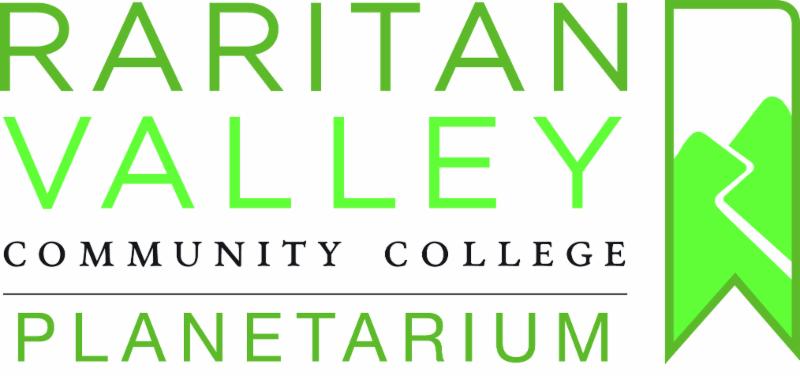
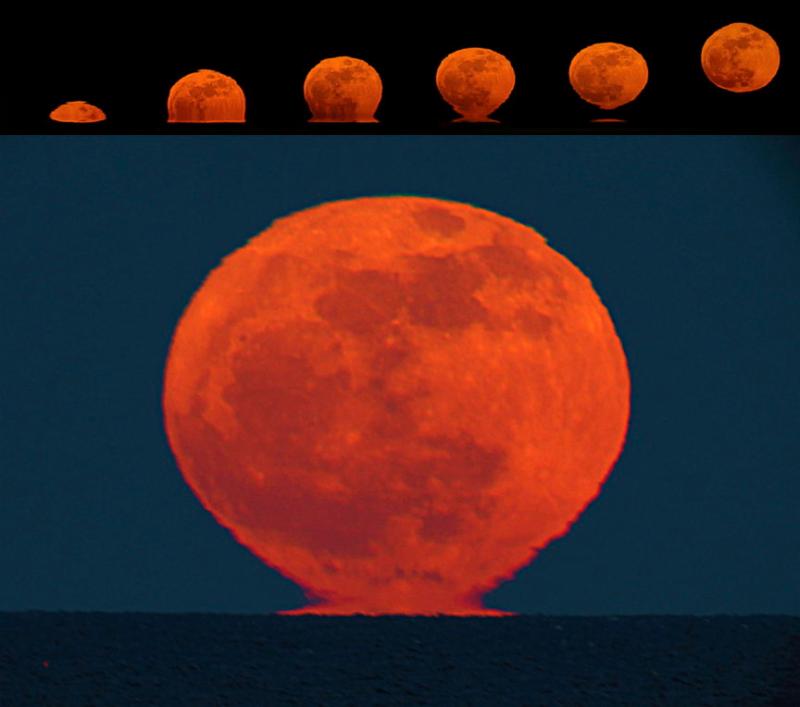 SuperMoons, Blue Moon, and a Lunar Eclipse
SuperMoons, Blue Moon, and a Lunar Eclipse
There are two Full Moons in January 2018, one on January 1 and another on January 31. The first nearly coincides with Perigee, the point during the Moon's orbit where it is closest to Earth. The second is just over a day offset from perigee. There is a perigee every month, so what's the big deal about it coinciding with the Full Moon? Nothing. Does the Moon look bigger? Marginally, but you probably will only notice the difference between a "super" Full Moon and an average Full Moon if you take pictures and compare them. Will the "super" Moon be brighter? Yes, about 7% brighter, but again, that's not enough for the average person to notice. The Moon often looks large when it's rising or setting, but that is different. That's the Moon Illusion, an effect created by us having something to compare the Moon to (trees, buildings, etc). Up higher in the sky, there's nothing to which we can compare the Moon's size, so it appears smaller. But measure it against your pinky finger held at arm's length, and it's the same size no matter it's location.
The second full moon in a calendar month is called a "Blue Moon." It doesn't actually appear blue.
There will be a total eclipse of the Moon on January 31, but we won't be able to enjoy it. The partial eclipse begins at 6:48 a.m. The Moon will be setting. If you want to see it, you'll need an excellent view of the western horizon. By the time the total eclipse has begun, the Moon will be below our horizon.
What an astronomical bummer!
January's Astronomy Programs
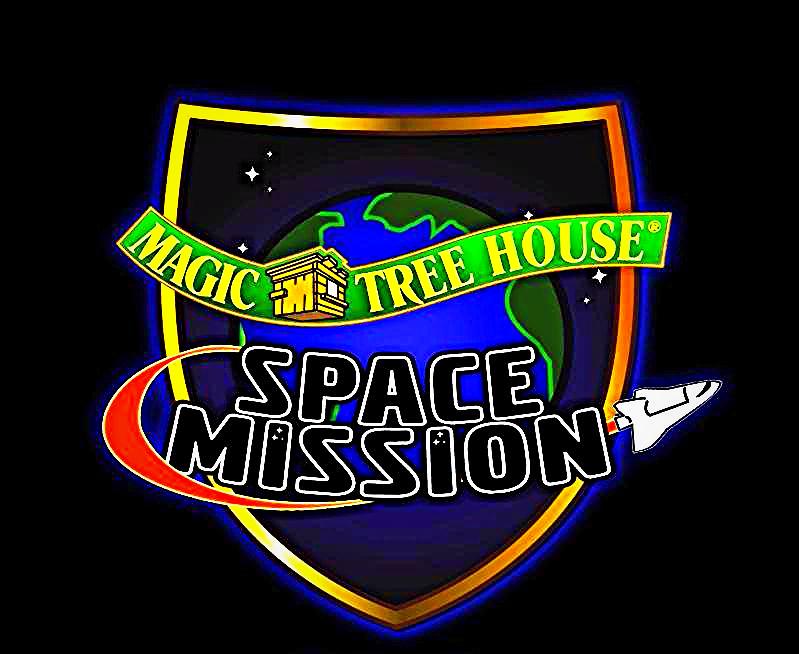 Magic Tree House: Space Mission
Magic Tree House: Space Mission
Saturdays, January 6, 13, 20 at 3 pm
Join Jack and Annie as they discover the secrets of the Sun, Moon, space travel, and more. Who can help them answer the questions left for them by the mysterious "M"? (for ages 5-12)
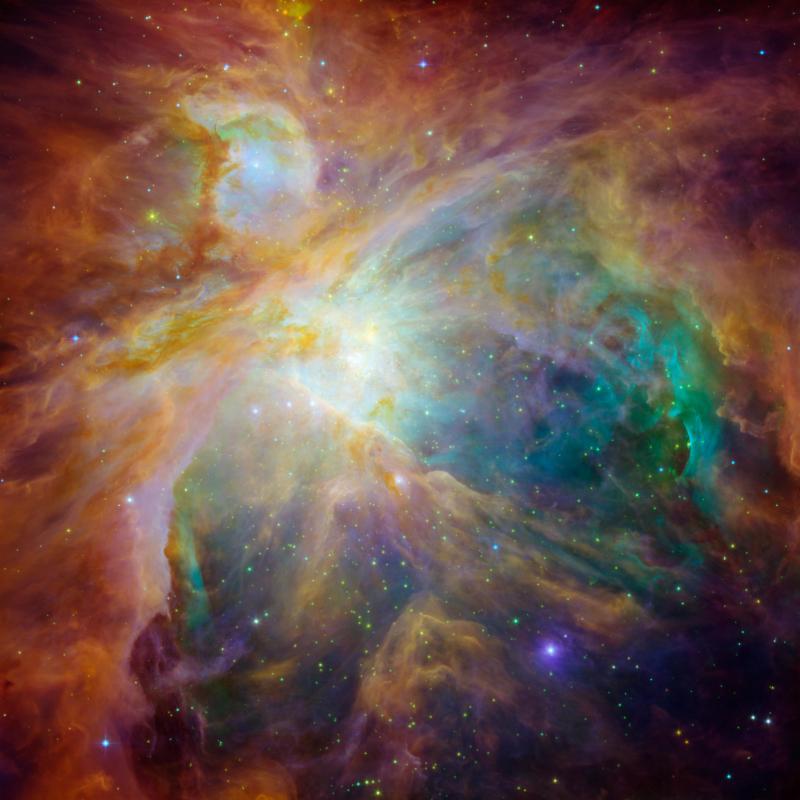 Astronomy Tonight
Astronomy Tonight
Saturday, January 6 at 7 pm
Using our Digital Sky software, we'll take you on a guided tour of tonight's night sky. (Recommended for ages 8-adult)
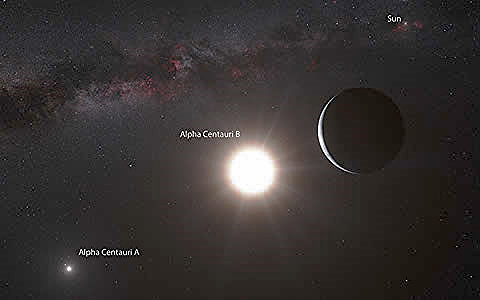 Exploding Universe
Exploding Universe
Saturdays, January 13, 20, 27 at 7 pm
The universe we see today is the product of explosive events. As the universe has transformed into its current state, even the more elementary particles have endured. The show follows the path of one of the particles, a proton, as it participates in nature's astounding events of rebirth and renewal. The program also includes a brief tour of the current night sky in our digital planetarium. (Recommended for ages 10 to adult)
Admission: $8 per person for one show, $14 per person for two shows on the same day.
Check our website for the full schedule.
Programs for Young Visitors
Our youngest visitors can enjoy age-appropriate programs on the last Saturday of the Month.
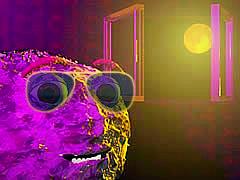 Rockin' Rocket Ride
Rockin' Rocket Ride
Saturday, January 27 at 3:00 pm
Put on your space suit and blast off into outer space to visit the Moon, Sun, and planets. A lively experience for young people with music from the CD "Journey into Space" by Jane Murphy. Recommended for ages 3-8.
SkyLights
Saturday, January 27 at 4:00 pm
Sing along with songs by mr. RAY (Family Ride, Kalien the Alien) and Jane Murphy (Moon Rock Rock, The Planet Song) as well as fun tunes like "Purple People Eater," "Let It Go," and "ABC-123" by the Jackson Five. Some songs are illustrated with lasers while others feature video images. Recommended for ages 3-8.
Observatory
Weather permitting, the 3M Observatory will be open to the public on Saturdays from 7:00 p.m. to about 10:00 p.m.
Please note, we will not open if it is too cold.
Sensory-Friendly programs
RVCC Planetarium offers special astronomy and music shows designed for families with children on the Autism spectrum or those with developmental disabilities. These sensory-friendly shows, which are appropriate for audiences of all ages, will provide a comfortable and judgment-free space that is welcoming to all families. During the show, the doors will remain open so children may freely leave and return if they choose. Lights will be left dim (instead of dark) and the audio will be lowered and kept at a consistent level.
The Sky Above
Saturday, January 6 5 pm
Enjoy music, laser lights, stories, and information about the planets, Moon, and constellations. Content is presented on a kindergarten level.
What's up in the Sky?
January sees four planets in the dawn sky: Saturn, Mercury, Jupiter, and Mars. Saturn is just emerging from the glare of the Sun. Look for Saturn low in the southeast early in January, climbing higher each day. Mercury, at greatest elongation January 1, is to the lower left of Antares. Mercury and Saturn pass each other January 13. The swift moving planet Mercury drops lower each morning and is lost in the morning twilight before the month ends.
Jupiter and Mars are about 45 degrees to the upper right of Saturn and Mercury. Jupiter and Mars pass just 0.3 degrees of each other January 6. On January 11, the crescent Moon is next to Jupiter and Mars. By the end of the month, we are left with three morning planets, Saturn, Mars, and Jupiter.
Venus is at superior conjunction January 9 and is not visible.
The Moon is near Mars and Jupiter on January 10 & 11. The waning crescent Moon is near Saturn and Mercury January 14 & 15.
Last Quarter Moon: January 8 5:25 p.m. EST
New Moon: January 16 9:17 p.m. EST
First Quarter Moon: January 24 5:20 p.m. EST
Full Moon: January 31 8:27 a.m. EST
Planetarium at Raritan Valley Community College | 908-231-8805 | planet@raritanval.edu | www.raritanval.edu/planetarium
WHERE: RVCC Planetarium, 118 Lamington Road, North Branch, NJ 08876
